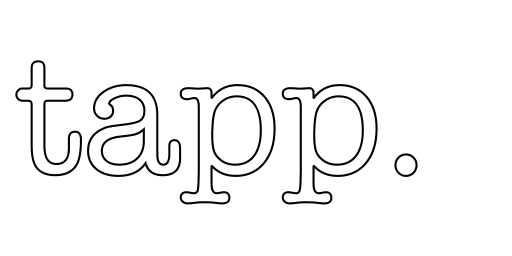8 FUTURE MOBILITY CONCEPTS
(FROM CALIFORNIA)
Last month I gave a talk entitled “The Future of Smart Mobility in Amsterdam” to a group of undergrads and graduate design students from the California College of the Arts Oakland. From 11 - 27 June, the students were in Amsterdam to investigate and propose design concepts that explore future mobility concepts in for their summer program “Urban Mobility Amsterdam”.
Students explored 5 of the busiest intersections in Amsterdam to understand various systems and behaviours.
If you’re a ‘smart city maker’ like me, you are probably already familiar with the fact that Amsterdam is already aggressively experimenting in future transport systems like Connexxion’s fully electric buses (EU’s largest fleet), or Reisproof - a two-month challenge asking residents to go-car-free, or Ams-Institute’s Roboat - an autonomous drone delivery systems (coming soon to a canal near you). For Amsterdammers these solutions are not only necessary, but urgent in order to meet the many environmental, social and logistical targets to keep our city resilient.
For most auto-centric Americans these solutions remain abstract and hypothetical, so I was interested how the students would interpret the many challenges facing our over-crowded European capital. The program was led by Ian MacColl who chose Amsterdam for CCA’s Urban Mobility Project because its a "highly evolved multi-modal system” with 18 million visitors moving through it annually. They didn’t waste anytime - immediately they started to explore:
Cultural and physical context in the city (land and water)
Five high mobility intersections in the city
Multi-modal journeys outside the city
The results were as refreshing as they were relevant. Perhaps due to the time constraints, or a fresh design perspective, in just a few days the students delivered 8 solid concepts that all identified serious mobility challenges and provided uniquely Amsterdam solutions like:
Rethinking how (larger) tour groups can move around AMS on bikes.
Diverting bikes to canals bike/boat hybrid vehicles for a ‘slower’ AMS experience.
Body worn navigation assistant that is not looking at a screen
Deployments of multi-functional installations at specific sites to intervene and promote a behavioural change in mobility traffic.
Filtering recommendations for experiences based on individual demographic preferences.
The students developed and presented their final concepts at Van Moof HQ on Thursday 27 June.
1
It became obvious to Graduate Design student Mengwen, that the circular form Amsterdam is similar to a solar system of bicyclists orbiting around a city center. Her proposal match-makes profiles to meet like minded bicyclist to share discover restraints, activities in their orbit
2
Mobility as a Service in The Netherlands requires passengers to travel with their bikes on the train. Anticipating available space on the train remains a challenge forcing passengers to leave bikes in the exits and doorways. Nicole, an Industrial Design student imagines a new booking system, signal system and storage system for NS.
3
As of July 1st 2019, Amsterdam has officially banned the use mobile phones while biking. How then do we use navigation safely while biking? Dhaval, an industrial designer proposed a hands free solution titled “INNATE” an Intuitive Navigation System for bike grips to connect your favorite Map app and guide you safely through the city via haptics and signals built into your handlebars!
4
Combining Amsterdam characteristics like biking, boating and bussing, graduate design student Wen when thought outside the box to design a system that incorporates all three! The proposal allows tourists to enjoy a slower journey through Amsterdam on this water / land hybrid system.
5
Before cycling through the city, it’s common for Amsterdammers to check their trusted weather app Buienradar to ensure a dry journey. This teams proposal uses a similar “heat mapping” technology sourced from the upcoming Drukteradar from city data Amsterdam. The platform would inform tourists and other safe times to explore the city
6
The “My Travel” team explored many of the Amsterdam’s monuments, museums and other points of interests via bike. Their experience however was chaotic and fragmented. Their solution was to design a seamless smart routing system allowing tourists and visitors off the beaten paths to explore safe travel routes based on customized points-of-interest.
7
Biking Etiquette in Amsterdam ranges from the expert local to the clue-less tourist. The ZEAL team wanted to help visitors to Amsterdam learn how to bike like a local and take the knowledge back to their home city. This local trip helper acts as a kind of biking passport for tourists and new-comers to navigate the streets safely and comfortably.
8
Graduate Architecture student Harsh teamed up with Justus, an industrial design student to develop a (temporary) modular intervention system to de-congest pedestrian and bicycle traffic flows at Amsterdam’s busiest intersections.










